Pavlova cake is a dessert that is as delightful to the eyes as it is to the taste buds. With its delicate meringue base that is crisp on the outside and marshmallow-like on the inside, topped with a luscious layer of whipped cream and an assortment of fresh fruits, this dessert is a true showstopper.
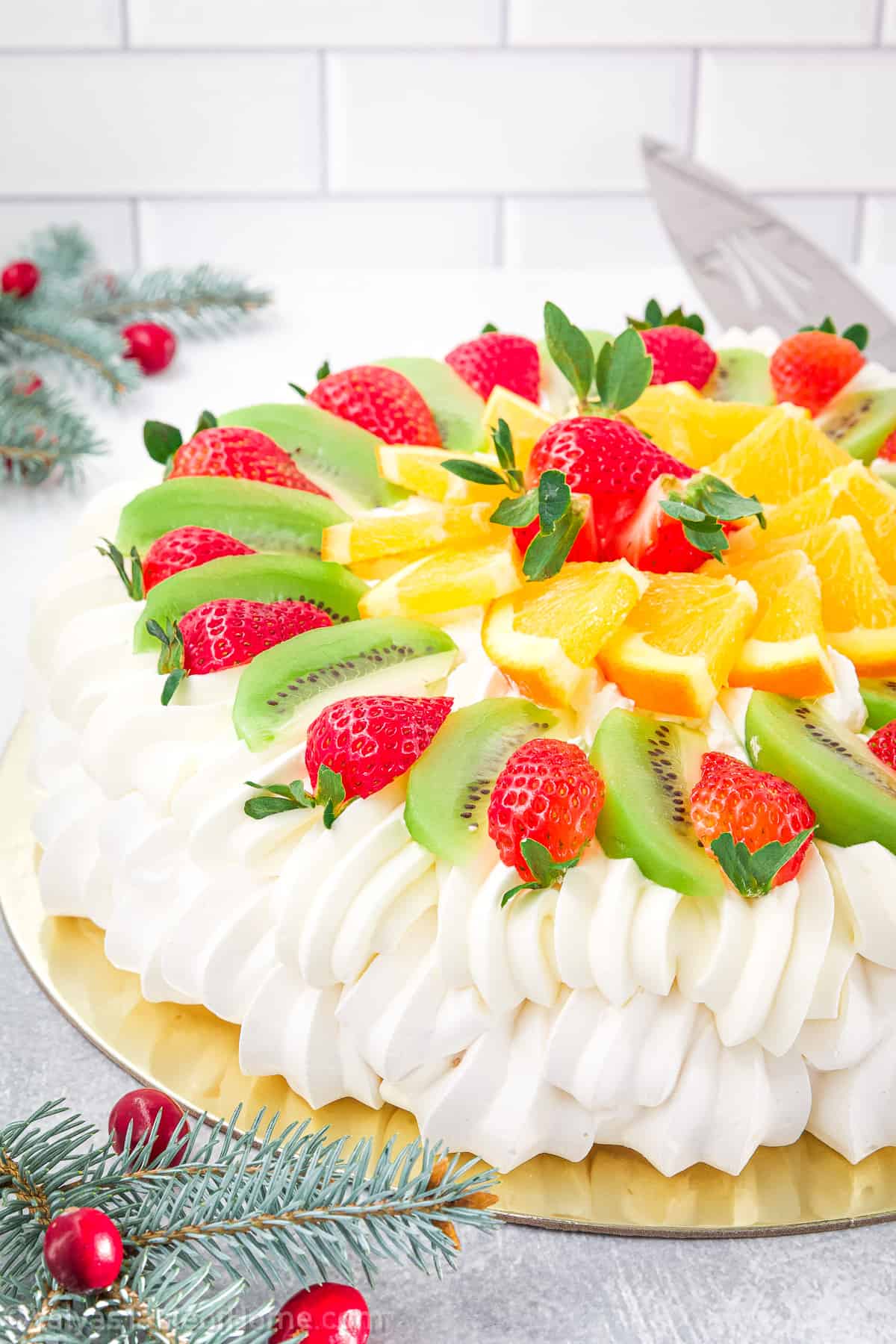
While it may seem intimidating to make, with a few key techniques, anyone can create this impressive dessert. The meringue base is made by whipping egg whites and sugar until they form stiff peaks, creating a light and airy structure that is the foundation of the cake.
What’s best is that you won’t need to add any ingredients like corn starch, white vinegar, or lemon juice in my recipe to get a crisp exterior and a marshmallow-like center. It’s seriously a super easy recipe!
The whipped cream topping adds a creamy richness that compliments the sweet meringue perfectly, while the fresh fruits provide a burst of freshness and a pop of color.
Whether served as a stunning centerpiece at a special occasion or enjoyed as a simple treat, Pavlova cake is a dessert that is sure to impress.
Want to learn how to make this pavlova recipe? Then keep on reading.
Table of Contents
- What is Pavlova Cake?
- What Makes This Pavlova Cake Recipe Special?
- What You Need to Make Pavlova Cake at Home
- How to Make Pavlova Cake (Step-by-Step)
- Tips for Making the Best Pavlova Cake Ever
- Serving Suggestions for Pavlova Cake
- Recipe Variation Ideas for Pavlova Cake
- Frequently Asked Questions
- How to Store Leftover Pavlova Cake
- Similar Recipes You'll Love
- Recipe Card
- Classic Pavlova Cake (Super Easy to Make + Delicious!)
- Comments
What is Pavlova Cake?
Pavlova cake is a popular dessert dish that originated in Australia and New Zealand. It is named after the famous Russian ballerina Anna Pavlova.
This cake consists of a meringue base that is crispy on the outside and soft and marshmallow-like on the inside. It is typically topped with whipped cream and fresh fruits such as strawberries, kiwi, and passion fruit. The meringue is often flavored with vanilla extract and is sometimes filled with lemon or lime curd.
What makes Pavlova cake so beloved is its combination of textures and flavors. The meringue provides a light and airy crunch, while the whipped cream adds a smooth and creamy element. The addition of fresh fruits adds a refreshing and tangy note, balancing out the sweetness of the meringue and cream.
Pavlova cake is also visually stunning, with its beautiful and vibrant fruit topping. It’s the perfect dessert for special occasions, gatherings, or dinner parties since it’s not only delicious but also impressive to serve!
It’s the perfect dessert for holidays, especially Valentine’s Day or a Baby Shower.
What Makes This Pavlova Cake Recipe Special?
Versatile: This recipe allows for endless variations, allowing you to customize the flavors and toppings to suit your taste and the occasion.
Easy: The recipe is straightforward and requires only a few basic ingredients, making it accessible to both beginner and experienced bakers. You don’t even need to add a few tablespoon cornstarch to get that crisp exterior.
Delicious: The combination of a crisp meringue shell, a soft and marshmallow-like interior, and a creamy filling create a dessert that is both light and delicious.
Crowd-pleaser: Pavlova cake is a favorite among both adults and children, making it a perfect dessert for any gathering or celebration.
Special: The unique texture and presentation of this cake make it stand out and impress guests, making it a special treat for any occasion.

What You Need to Make Pavlova Cake at Home
All you need are some simple pantry staple ingredients to make this pavlova cake recipe at home. Let's look at them in more detail:
- Large egg whites: We will need large egg whites to make this pavlova meringue cake, which will give it a light and fluffy texture as it bakes in the oven. Do not throw away the yolks, make my Lemon Pie recipe.
- Baker’s sugar: We will also need some baker’s sugar to sweeten the meringue and create a crisp outer shell.
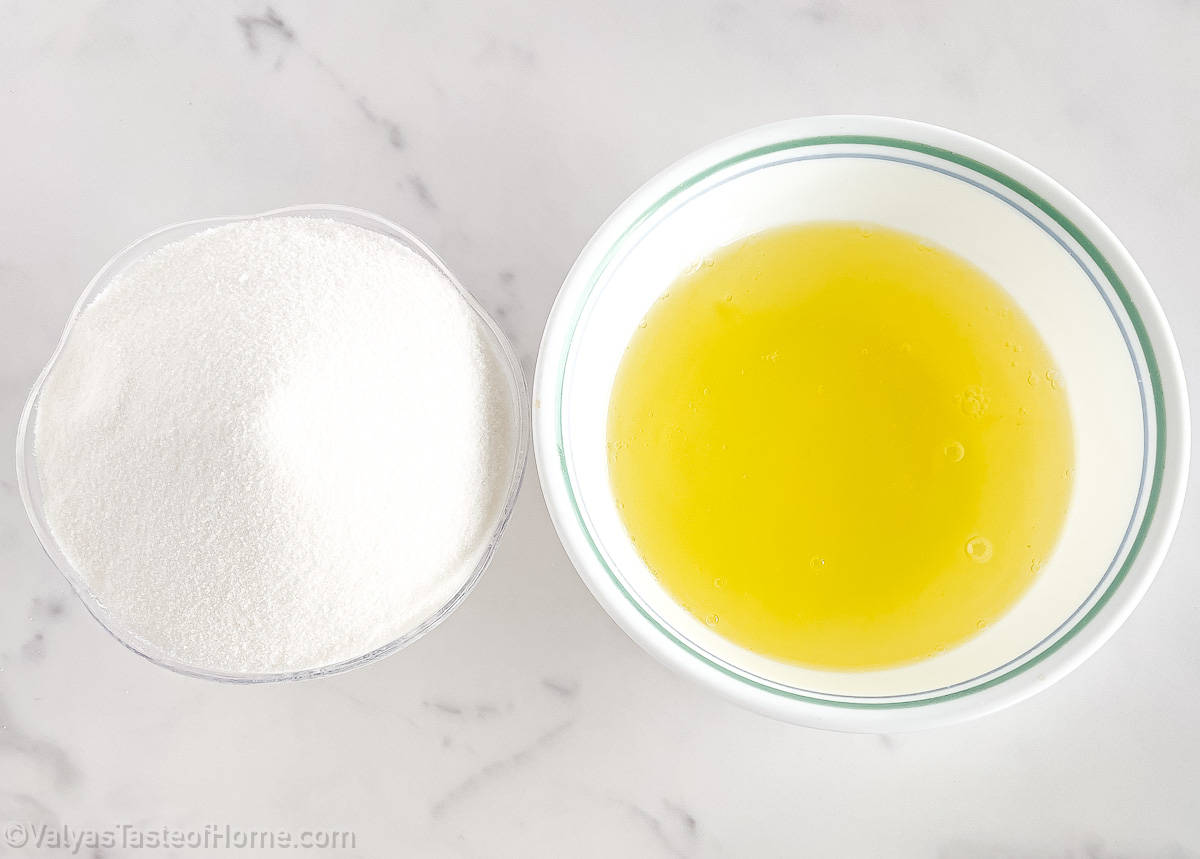
For Pavlova cake cream:
- Heavy whipping cream: We will be using heavy whipping cream, which will be whipped to a thick and creamy consistency. This will provide a smooth and velvety texture to compliment the crunchy meringue.
- Baker’s sugar: You’ll also need some baker’s sugar for the cream to sweeten it to just the right level and also help thicken it.
Toppings for Pavlova Cake:
- Fruits: We will be using a variety of fruits such as kiwi, strawberry, oranges, and blackberry or blueberry. These fruits will add a burst of freshness and vibrant colors to the cake, making it visually appealing and adding a delicious fruity flavor.
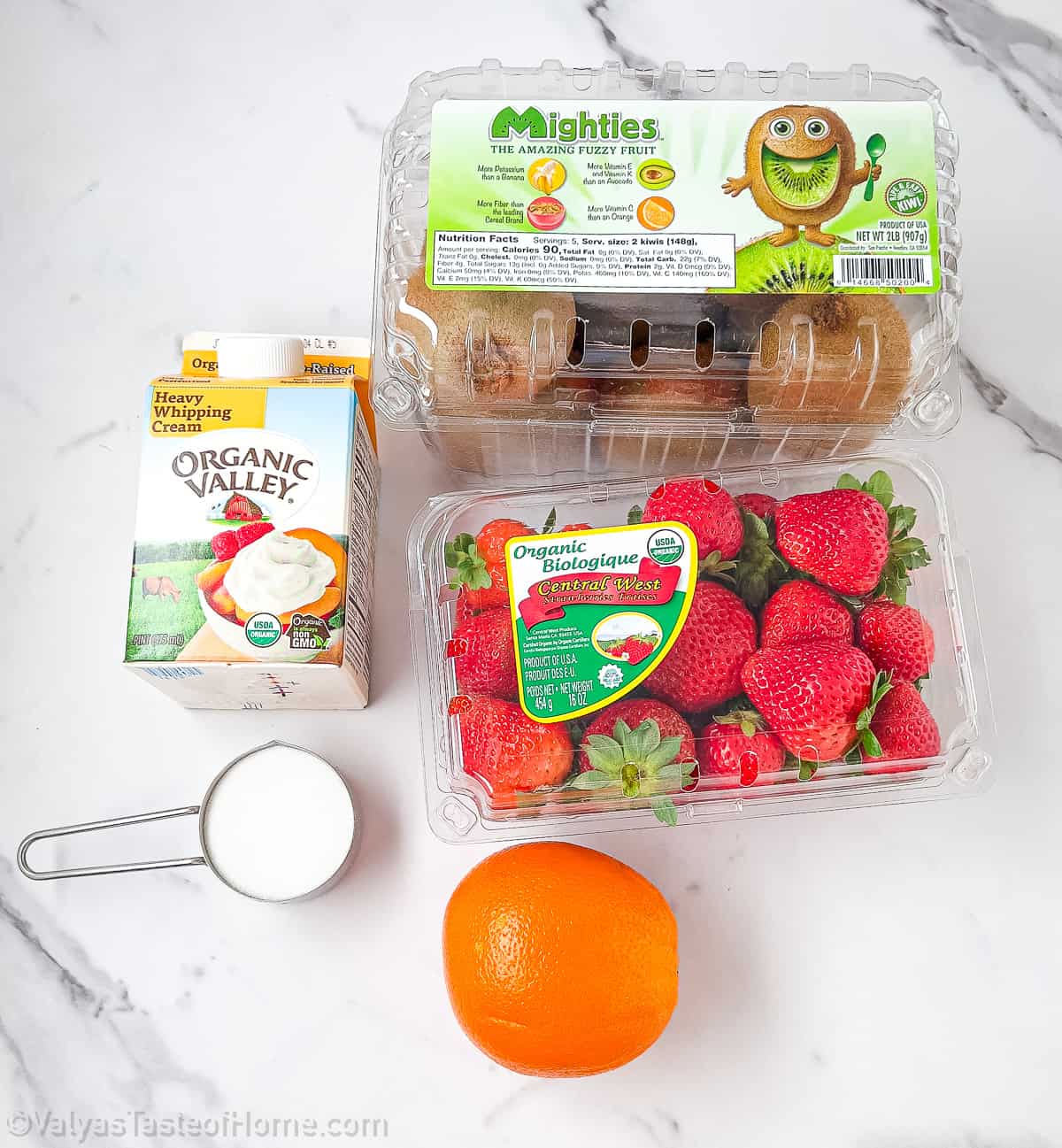
How to Make Pavlova Cake (Step-by-Step)
Making this incredible pavlova cake is easier than you think. Here's how to make them at home step by step:
How to Make Pavlova Meringue:
Preheat the oven to 275 degrees Fahrenheit and make sure that it is at the right temperature for baking the pavlova.
Start by separating the egg yolks from the whites. Place the egg whites in the bowl of an electric stand mixer or in a mixing bowl with a hand mixer with the whisk attachment.
Add the baker’s sugar to the egg whites in the mixer bowl. Whip the mixture on high speed for approximately 15 minutes until it becomes very thick and smooth in texture and soft peaks form.
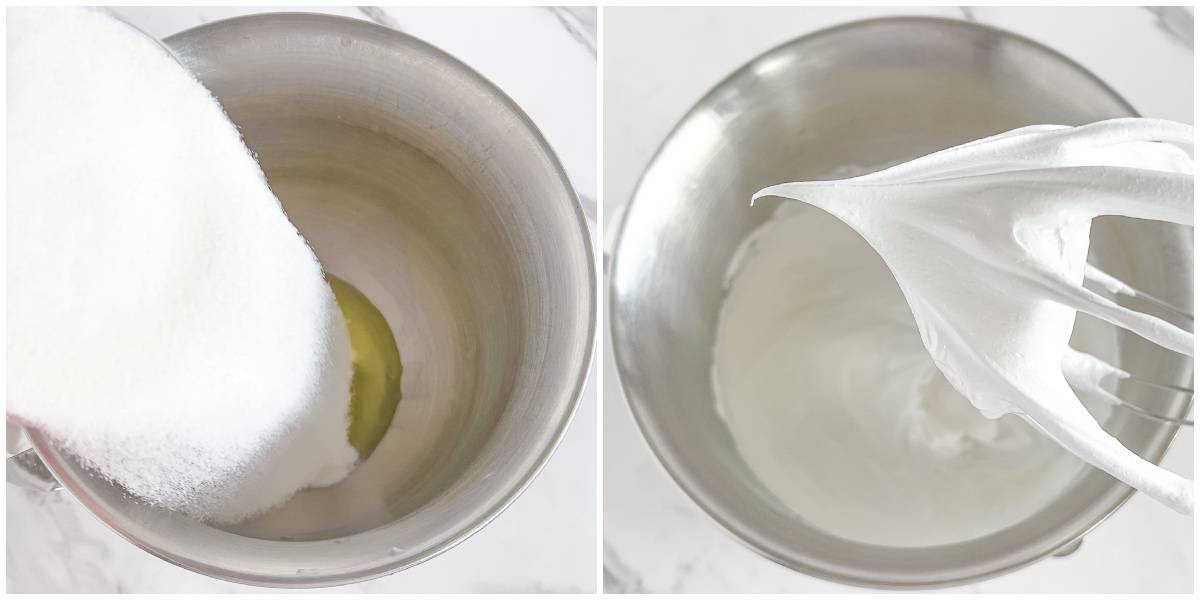
How to Shape Pavlova Cake
To create the meringue layers, pipe the meringue out in moon shapes, resembling reversed letter “c” shapes, overlapping each other to form a large circle along the visibly traced circle on a sheet of parchment paper. Fill in the middle of the circle with more piped meringue.
Alternatively, you can make them round by marking the size on parchment paper using a pencil and then flipping the paper over and using it as a guide to pipe out your meringue.
Carefully transfer the parchment paper or silicone baking mat with the piped meringue onto an aluminum-insulated flat baking sheet and slide it on the top oven rack. This means that the pavlova will be baking directly on the oven rack, without the cookie sheet.
How to Bake Pavlova Cake
Bake the pavlova for a cooking time of 10 minutes at 275 degrees Fahrenheit. Then, reduce the temperature to 200 degrees Fahrenheit and continue baking for an additional 4 hours.
After baking, turn off the oven and allow the meringue to cool in the oven overnight. This gradual cooling process is important to minimize cracking.

How to Make Pavlova Cake Cream
In a chilled mixer bowl, pour 2 cups of heavy cream. Add baker’s sugar to the cream and beat it until it thickens and becomes smooth in texture.
It may be necessary to scrape down the sides of the mixer bowl with a spatula halfway through whipping to make sure that both the cream and sugar are fully incorporated.

How to Decorate and Assemble Pavlova Cake
To assemble the pavlova cake, fill approximately one-third of the cream into the same piping bag that was used for the meringue. Pipe the cream onto the meringue layers in the same manner as before.
Next, spread and mix the fruit of your choice on top of the cream. This allows for a delicious and visually appealing topping for the pavlova cake.

Allow the cake to chill in the fridge for about an hour before slicing and enjoying. This cooling time helps the flavors to meld together and the cream to set properly.
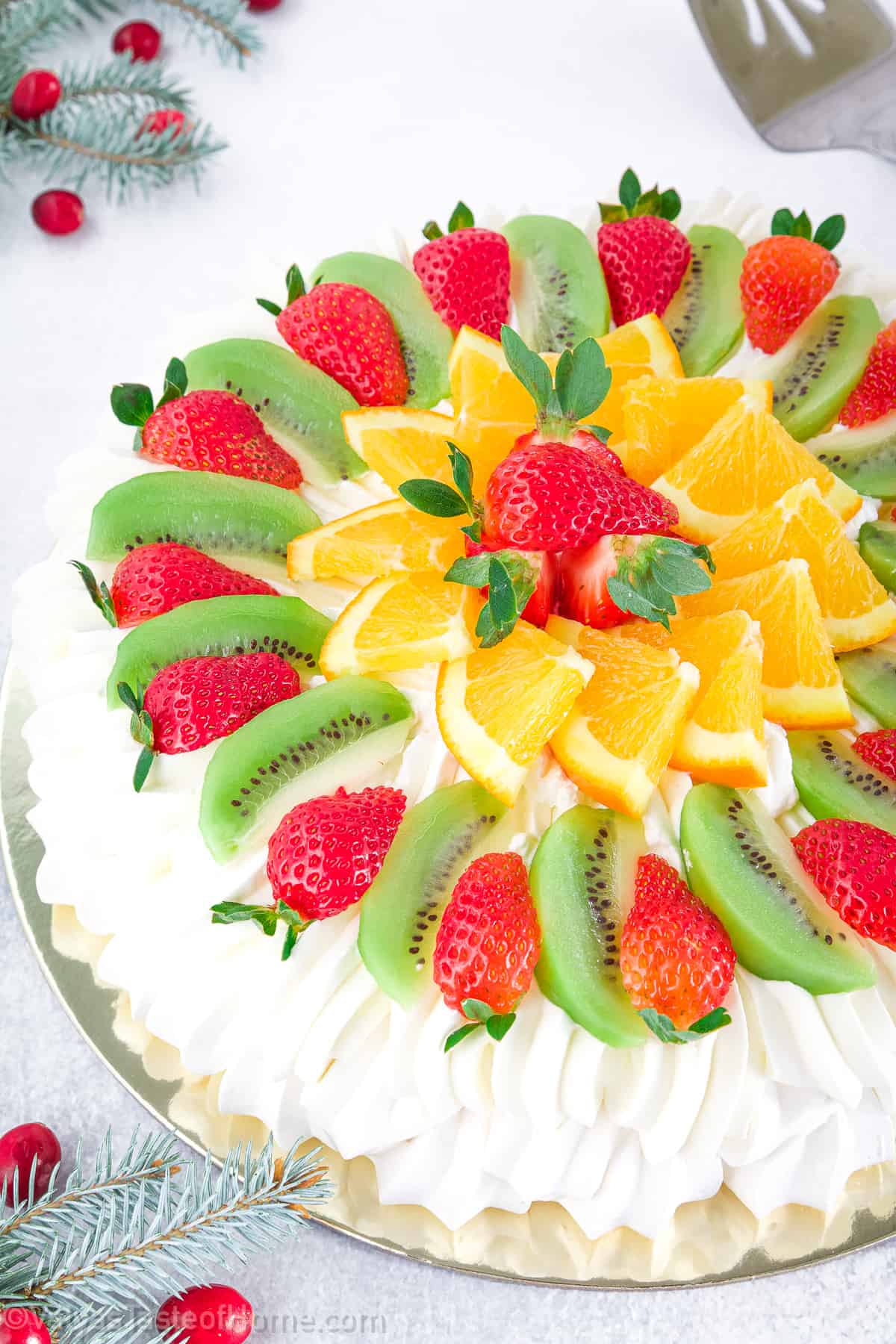
Your delicious Pavlova Cake is ready to be served!

Tips for Making the Best Pavlova Cake Ever
Separate egg whites from yolks: Make sure to separate the egg whites from the yolks: there should be no trace of yolk in the whites as it may prevent them from whipping up properly.
Use room temperature eggs: This will help the egg whites to whip up to maximum volume.
Gradually add the sugar: Adding sugar slowly while whipping the egg whites makes sure that the sugar dissolves completely and helps to create a stable meringue.
Add cornstarch and vinegar: Adding cornstarch and vinegar to the meringue helps to create a crisp outer shell and a marshmallow-like interior.
Preheat the oven: Make sure to preheat the oven and lower the temperature after placing the pavlova: starting with a high temperature helps to create a crisp exterior, and then lowering the temperature allows the pavlova to cook slowly and evenly without browning too much.
Allow to cool completely: Allow the pavlova to cool completely in the oven: this prevents the pavlova from cracking and collapsing.
Use toppings: Top the pavlova with whipped cream and fresh fruits just before serving: this makes sure that the pavlova stays crisp and that the fruits stay fresh.
Serving Suggestions for Pavlova Cake
- Top the pavlova cake with a generous amount of fresh berries such as strawberries, blueberries, and raspberries. The combination of the sweet meringue and tart berries creates a delicious contrast of flavors.
- Drizzle with a homemade caramel sauce and sprinkle it with chopped toasted nuts such as almonds or hazelnuts. The caramel sauce adds a delicious and rich element to the dessert.
- Serve with a scoop of vanilla ice cream and a dollop of whipped cream. The creamy and cool ice cream, along with the light and airy meringue, makes for a delightful dessert.
- Pair with a tangy lemon curd and garnish it with a sprinkle of lemon zest. The citrusy flavors compliment the sweetness of the meringue and add a refreshing twist to the dessert.
- Create a tropical twist by topping the pavlova cake with sliced fresh mangoes, kiwis, and passion fruit. The vibrant and tropical fruits add a burst of color and flavor to the dessert, making it perfect for a summer gathering.
Recipe Variation Ideas for Pavlova Cake
This delicious pavlova cake recipe is absolutely perfect as is, but if you're looking to change things up, here are a few variation ideas you can try:
Chocolate Delight: Add ¼ cup of cocoa powder to the meringue mixture to give it a rich chocolate flavor. Top the pavlova with chocolate whipped cream and sprinkle with grated chocolate for a delicious twist on the classic dessert.
Berry Burst: Fold in 1 cup of mixed berries (such as raspberries, blueberries, and strawberries) into the meringue before baking. Once cooled, top with a generous amount of fresh berries and a drizzle of berry sauce for a refreshing and fruity variation.
Citrus Zest: Mix in the zest of 1 lemon or 1 orange into the meringue mixture for a bright and tangy flavor. Top with whipped cream and garnish with citrus segments and a sprinkle of zest for a citrusy twist on the traditional pavlova.
Nutty Crunch: Fold in ½ cup of chopped nuts (such as almonds or hazelnuts) into the meringue mixture before baking for added texture and crunch. Once cooled, top with whipped cream and sprinkle with toasted nuts for a nutty variation.
Tropical Paradise: Add ½ cup of shredded coconut to the meringue mixture for a tropical twist. Once baked and cooled, top with whipped cream, sliced tropical fruits such as mango, pineapple, and kiwi. You can also add a sprinkle of toasted coconut for a taste of paradise.

Frequently Asked Questions
Can I make the Pavlova Cake ahead of time?
Yes, you can make the cake ahead of time. Once it is completely cooled, you can store it in an airtight container at room temperature for up to 2 days.
Can I use a different type of fruit topping?
Yes, you can use a different type of fruit topping for your cake. Some popular options include strawberries, raspberries, blueberries, or a combination of different fruits.
Can I use a different type of cream for the filling?
Yes, you can use a different type of cream for the filling. Whipped cream is the traditional choice, but you can also use a flavored cream, such as vanilla or chocolate, or even a non-dairy alternative like coconut cream.
Can I add other toppings or decorations to the Pavlova Cake?
Yes, you can add other toppings or decorations to the cake. Some popular options include chocolate shavings, grated coconut, or a drizzle of chocolate sauce. You can also add some fresh mint leaves for a pop of color.
How to Store Leftover Pavlova Cake
To store leftovers of pavlova cake, first, remove any toppings or garnishes and transfer the cake to an airtight container. Place the container in the refrigerator to keep the cake fresh.
When ready to serve again, simply remove from the fridge and let it come to room temperature before enjoying. It is not recommended to freeze the cake as the delicate meringue texture may be compromised and become soggy upon thawing.
Unfortunately, the whipped cream and fresh fruit toppings may not freeze well and could lose their texture and taste. Therefore, it is best to consume the leftovers within a day or two.

Similar Recipes You'll Love
- Classic Boccone Dolce (Super Easy With Berries and Cream)
- Boccone Dolce Recipe
- Berry Meringue Baskets Recipe
- Meringue Fruit Baskets
- Christmas Meringue Cookies (Beginner Friendly Recipe)
See all Christmas recipes.
Recipe Card
Classic Pavlova Cake (Super Easy to Make + Delicious!)
Ingredients
For the Pavlova Meringue Cake
- 5 large - egg whites (make Lemon Pie recipe with leftover yolks)
- 1 ¾ cup – baker’s sugar
For the Pavlova Cream
- 2 cups - heavy whipping cream
- ½ cup - baker's sugar
For the Pavlova Cake Fruit Tipping
- Kiwis
- Strawberries
- Oranges
Instructions
How to Make Pavlova Meringue
- Preheat the oven to 275 degrees Fahrenheit and make sure that it is at the right temperature for baking the pavlova.
- Start by separating the egg yolks from the whites. Place the egg whites in the bowl of an electric stand mixer or in a mixing bowl with a hand mixer with the whisk attachment.
- Add the baker’s sugar to the egg whites in the mixer bowl. Whip the mixture on high speed for approximately 15 minutes until it becomes very thick and smooth in texture and soft peaks form.
How to Shape Pavlova Cake
- To create the meringue layers, pipe the meringue out in moon shapes, resembling reversed letter “c” shapes, overlapping each other to form a large circle along the visibly traced circle on a sheet of parchment paper. Fill in the middle of the circle with more piped meringue.
- Alternatively, you can make them round by marking the size on parchment paper using a pencil and then flipping the paper over and using it as a guide to pipe out your meringue.
- Carefully transfer the parchment paper or silicone baking mat with the piped meringue onto an aluminum-insulated cookie sheet and place it on the top oven rack. This means that the pavlova will be baking directly on the oven rack, without the cookie sheet.
How to Bake Pavlova Cake
- Bake the pavlova for a cook time of 10 minutes at 275 degrees Fahrenheit. Then, reduce the temperature to 200 degrees Fahrenheit and continue baking for an additional 4 hours.
- After baking, turn off the oven and allow the meringue to cool in the oven overnight. This gradual cooling process is important to prevent cracking.
How to Make Pavlova Cake Cream
- In a chilled mixer bowl, pour 2 cups of heavy cream. Add baker’s sugar to the cream and beat it until it thickens and becomes smooth in texture.
- It may be necessary to scrape down the sides of the mixer bowl with a spatula halfway through whipping to make sure that both the cream and sugar are fully incorporated.
How to Decorate and Assemble Pavlova Cake
- To assemble the pavlova cake, fill approximately one-third of the cream into the same piping bag that was used for the meringue. Pipe the cream onto the meringue layers in the same manner as before.
- Next, spread and mix the fruit of your choice on top of the cream. This allows for a delicious and visually appealing topping for the pavlova cake.
- Allow the cake to cool for about an hour before slicing and enjoying. This cooling time helps the flavors to meld together and the cream to set properly.
- Your delicious Pavlova Cake is ready to be served!
Thank you for following me on Instagram, Facebook, and Pinterest!
The post may contain affiliate links. Read my disclosure.


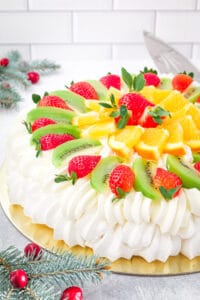
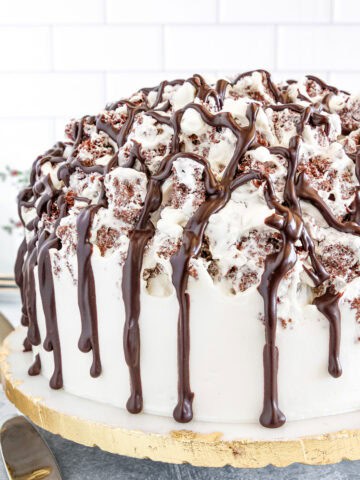
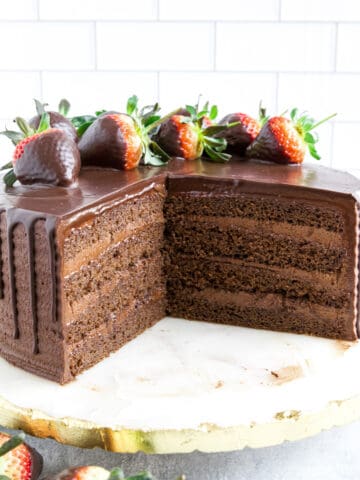



Comments
No Comments